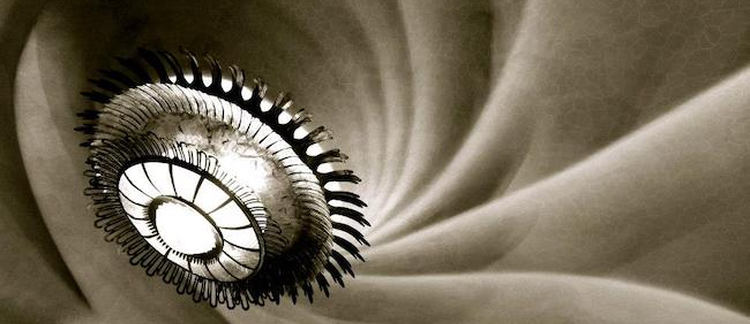Abstract
"Serious-minded people may then say with the poet, ‘It’s a marquetry casket, and that’s all.’ Echoing this reasonable opinion, the reader who is averse to playing with inversions of large and small, exterior and intimacy, may also say: ‘It’s a poem and that’s all.’ ‘And nothing more.’ In reality, however, the poet has given concrete form to a very general psychological theme, namely, that there will always be more things in a closed, than in an open, box. To verify images kills them, and it is always more enriching to imagine than to experience." In his analysis of spatial imagery in poetry, Gaston Bachelard calls attention to the suggestiveness of an enclosed space that has not been opened yet. Using what he calls ‘topoanalysis’, he uses spaces and especially ‘the house as a tool for analysis of the human soul’. The Changeling is a play full of enclosed spaces, many of which are strongly guarded. The reasons for this secrecy, however, are often complicated.
How to Cite
Thorn, L., (2024) “‘But within are secrets’: Space in Thomas Middleton and William Rowley’s The Changeling”, Moveable Type 15(1), 56-66. doi: https://doi.org/10.14324/111.444.1755-4527.1774
112
Views
21
Downloads
